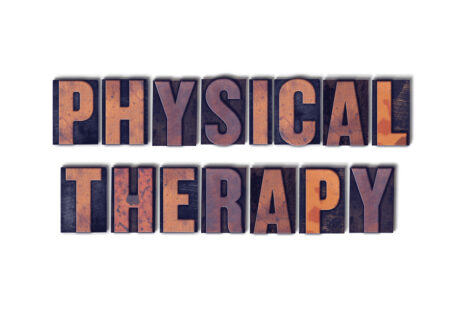The injury rate for kickboxing can vary widely depending on several factors, including the level of experience of the participants, the intensity of training or competition, the quality of coaching, the use of protective gear, and adherence to safety guidelines. Generally, kickboxing, like other combat sports, does carry a risk of injuries. These injuries can range from minor cuts and bruises to more severe injuries, such as sprains, strains, fractures, and head trauma.
Some of the common injuries associated with kickboxing include:
- Contusions and Bruises: These are the most common injuries in kickboxing, given the striking nature of the sport.
- Sprains and Strains: Injuries to ligaments and muscles can occur, particularly when movements are sudden and forceful.
- Fractures: While less common, fractures of bones can happen due to high-impact strikes.
- Head Trauma: There’s a risk of head injuries, including concussions, which can occur if proper protective equipment and safety precautions are not followed.
- Cuts and Abrasions: These can result from sharp strikes and, in some cases, the absence of appropriate protective gear.
- Joint Injuries: Knees, elbows, and shoulders can be vulnerable to injury, especially in fighters who have not properly conditioned and strengthened these joints.
It’s important to note that professional kickboxing organizations and gyms often have stricter safety standards and regulations to reduce the risk of injuries during training and competitions. Participants are typically required to wear appropriate protective gear, including mouthguards, headgear, gloves, shin guards, and groin protection.
The injury rate can be higher in competitive settings, such as amateur or professional kickboxing matches, as the intensity and competitiveness are increased. However, responsible coaching and adherence to safety guidelines can help mitigate these risks.
If you are interested in kickboxing, it’s essential to choose a reputable gym or training facility with experienced coaches who prioritize safety. Proper training and conditioning can help reduce the risk of injuries. Additionally, always follow the safety rules and guidelines of the sport and wear appropriate protective equipment during training and competition. If you do get injured, seek medical attention and allow for proper recovery before resuming training or competition.




